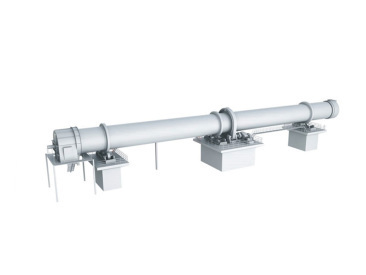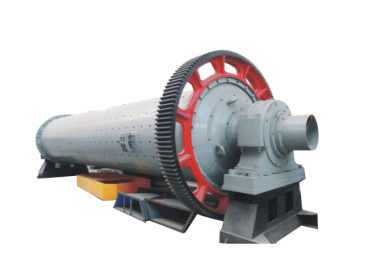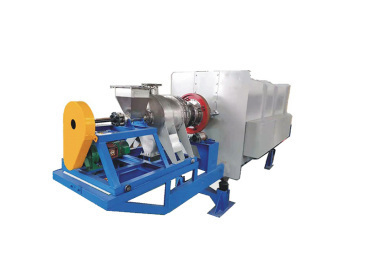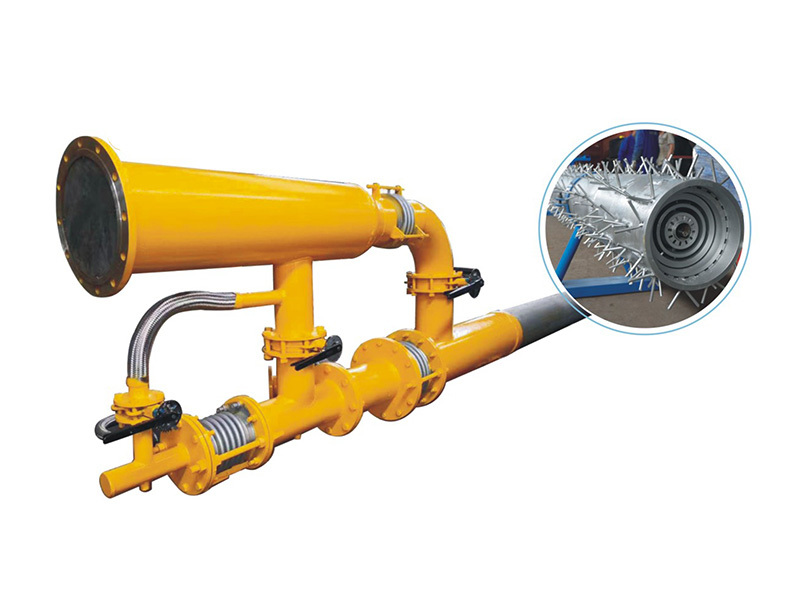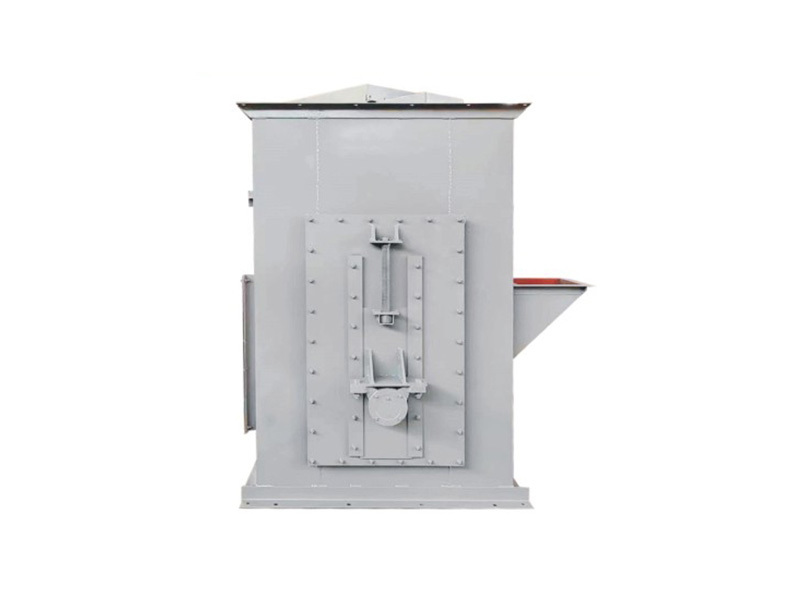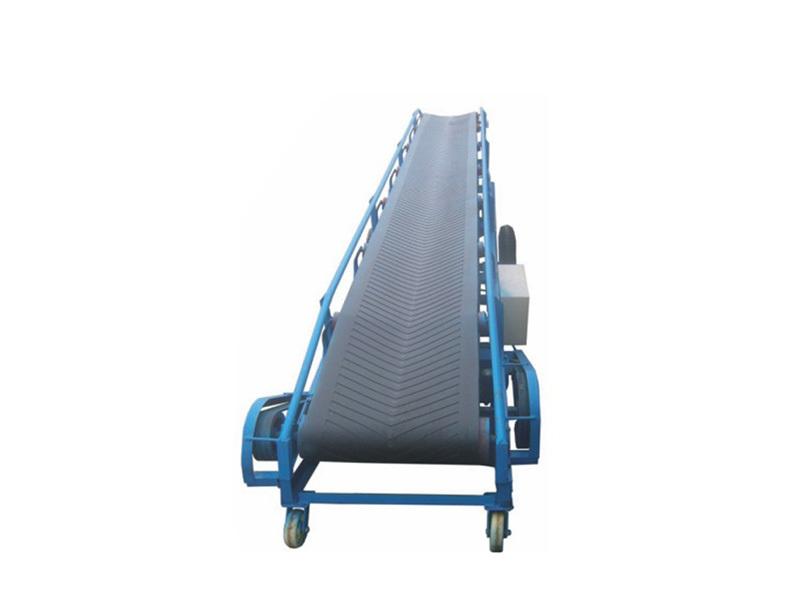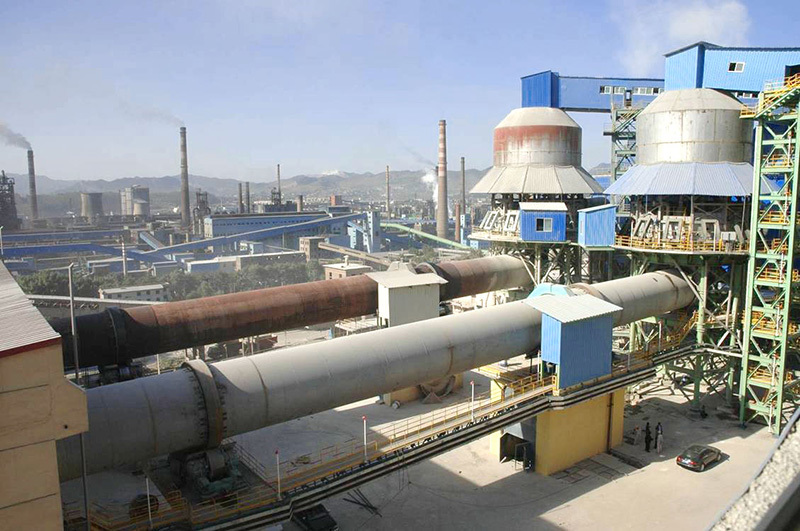Exploring the Benefits of Vertical Coolers in Building Material Processing
In the realm of building material processing, the role of a vertical cooler cannot be overstated. Vertical coolers are specialized machines designed to enhance the cooling process of various materials, ensuring that they maintain optimal properties for further processing or delivery. The vertical design of these coolers is especially beneficial for industries aiming for efficiency and space conser
In the realm of building material processing, the role of a vertical cooler cannot be overstated. Vertical coolers are specialized machines designed to enhance the cooling process of various materials, ensuring that they maintain optimal properties for further processing or delivery. The vertical design of these coolers is especially beneficial for industries aiming for efficiency and space conservation.
One of the primary advantages of vertical coolers is their compact footprint. In manufacturing environments where space is at a premium, the vertical orientation allows for a smaller overall footprint compared to traditional horizontal coolers. This design not only saves valuable floor space but also allows for easier integration into existing production lines. Additionally, vertical coolers can often accommodate more material at once, improving throughput and overall productivity.
The operational efficiency of vertical coolers is another noteworthy aspect. These machines use gravity to assist in the cooling process, which can lead to significant energy savings. By utilizing the natural downward flow of materials, vertical coolers often require less energy to operate compared to other cooling systems. This not only reduces operational costs but also contributes to more sustainable manufacturing practices.
Furthermore, vertical coolers can provide a more uniform cooling process. In building material processing, consistent temperature control is crucial for maintaining the integrity of products. Vertical coolers are engineered to ensure that materials are cooled evenly, reducing the risk of defects caused by temperature fluctuations. This consistency is vital for manufacturers aiming to deliver high-quality products that meet industry standards.
The versatility of vertical coolers is another key benefit. They can be used in various applications within the building materials sector, including the cooling of aggregates, cement, and other products that require temperature regulation after processing. This adaptability makes them a valuable asset in a wide range of manufacturing setups, further enhancing their appeal.
Maintenance of vertical coolers is also relatively straightforward. With fewer moving parts compared to more complex cooling systems, these machines tend to require less frequent maintenance. This reliability reduces downtime in manufacturing operations, allowing businesses to maximize their productivity and efficiency.
In summary, vertical coolers play a crucial role in the manufacturing of building materials, offering benefits such as space efficiency, energy savings, uniform cooling, and versatility. By integrating vertical coolers into production lines, manufacturers can enhance their operational efficiency while ensuring the quality and consistency of their final products. As the industry continues to evolve, the importance of such innovative equipment will only grow, driving advancements in building material processing.
One of the primary advantages of vertical coolers is their compact footprint. In manufacturing environments where space is at a premium, the vertical orientation allows for a smaller overall footprint compared to traditional horizontal coolers. This design not only saves valuable floor space but also allows for easier integration into existing production lines. Additionally, vertical coolers can often accommodate more material at once, improving throughput and overall productivity.
The operational efficiency of vertical coolers is another noteworthy aspect. These machines use gravity to assist in the cooling process, which can lead to significant energy savings. By utilizing the natural downward flow of materials, vertical coolers often require less energy to operate compared to other cooling systems. This not only reduces operational costs but also contributes to more sustainable manufacturing practices.
Furthermore, vertical coolers can provide a more uniform cooling process. In building material processing, consistent temperature control is crucial for maintaining the integrity of products. Vertical coolers are engineered to ensure that materials are cooled evenly, reducing the risk of defects caused by temperature fluctuations. This consistency is vital for manufacturers aiming to deliver high-quality products that meet industry standards.
The versatility of vertical coolers is another key benefit. They can be used in various applications within the building materials sector, including the cooling of aggregates, cement, and other products that require temperature regulation after processing. This adaptability makes them a valuable asset in a wide range of manufacturing setups, further enhancing their appeal.
Maintenance of vertical coolers is also relatively straightforward. With fewer moving parts compared to more complex cooling systems, these machines tend to require less frequent maintenance. This reliability reduces downtime in manufacturing operations, allowing businesses to maximize their productivity and efficiency.
In summary, vertical coolers play a crucial role in the manufacturing of building materials, offering benefits such as space efficiency, energy savings, uniform cooling, and versatility. By integrating vertical coolers into production lines, manufacturers can enhance their operational efficiency while ensuring the quality and consistency of their final products. As the industry continues to evolve, the importance of such innovative equipment will only grow, driving advancements in building material processing.
Recommend Content
Exploring the Benefits of Vertical Coolers in Building Material Processing
In the realm of building material processing, the role of a vertical cooler cannot be overstated. Vertical coolers are specialized machines designed to enhance the cooling process of various materials, ensuring that they maintain optimal properties for further processing or delivery. The vertical design of these coolers is especially beneficial for industries aiming for efficiency and space conser






